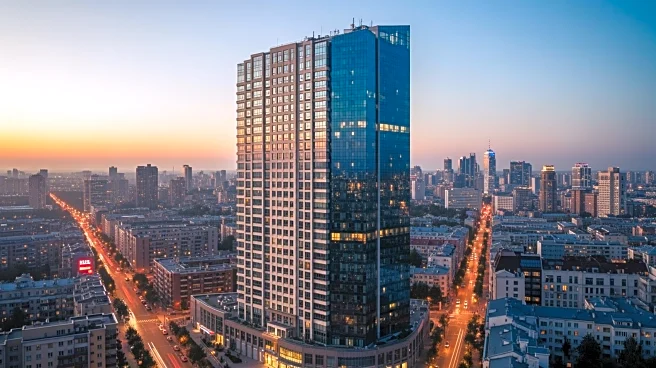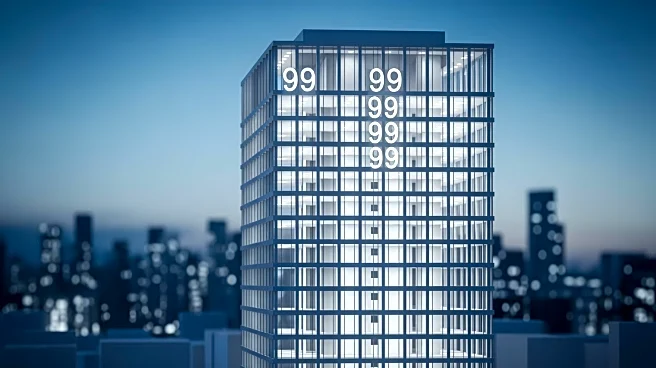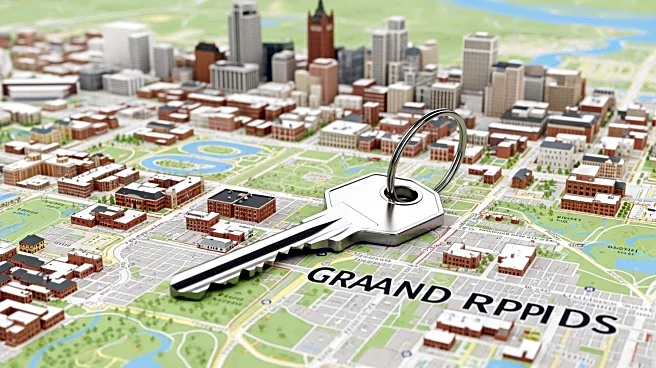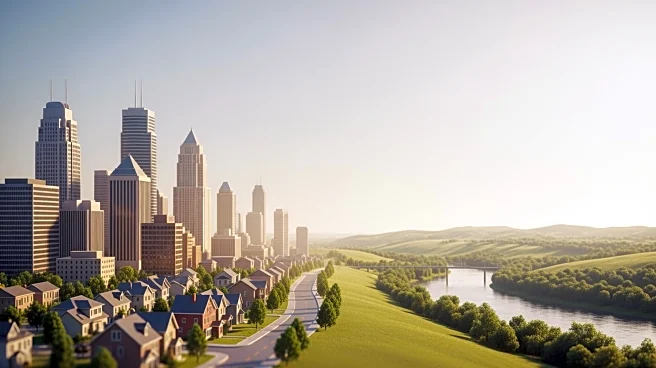What's Happening?
New York City is experiencing a significant trend in converting office spaces to residential units, driven by high commercial vacancy rates and a demand for housing. The conversion rate has increased dramatically,
with 4.1 million square feet of conversions initiated in 2025 alone. Developers are facing challenges such as structural and design issues, but the unique layouts and historical features of some buildings offer creative opportunities. The Flatiron Building's conversion to luxury apartments exemplifies the potential for unique residential spaces.
Why It's Important?
The conversion of office spaces to residential units addresses the housing shortage in NYC, particularly for affordable housing. It also reflects broader shifts in work patterns post-COVID, with more employees working remotely. This trend could reshape urban landscapes, creating vibrant live/work neighborhoods and stabilizing real estate markets. However, financial incentives for developers remain a challenge, impacting the feasibility of such projects.
What's Next?
Developers and policymakers will need to navigate financial and logistical hurdles to maximize the potential of office-to-residential conversions. Incentives such as tax abatements and rezoning efforts could play a crucial role in facilitating these projects. The success of these conversions could influence urban planning and housing policies, potentially leading to more mixed-use developments.
Beyond the Headlines
The trend highlights the need for innovative solutions in urban development and the importance of balancing commercial and residential needs. It raises questions about the future of office spaces and the role of government incentives in shaping real estate markets. The cultural and historical significance of converted buildings adds another layer to the conversation, offering unique living experiences.











